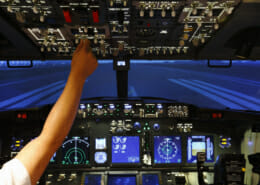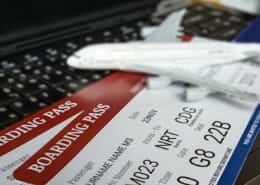Do Airline Pilots Work Hard?
Over a number of years, certain airline executives, parts of the media and even some members of the UK Parliament have stated on various platforms that “airline pilots only work 17 hours a week” and don’t really work very hard. Any commercial airline pilot will tell you this statement is misleading and ultimately serves to undermine the airline pilot profession. This article seeks to explain why.
The reality is that a full time pilot will work much more than an average of 17 hours a week. The 17 hours figure is just based on flight time, not the time actually spent at work and doesn’t take into account annual leave and other rostered duties.
The background behind pilots working hours
In Europe and across much of the World, Pilots are limited in the number of hours they are allowed to fly for safety reasons. These limits are imposed by the aviation regulator (such as EASA or the FAA) which governs the airlines. This important restriction is in place to protect pilots (and thus ultimately passengers) from fatigue, a physiological state which is known to be detrimental to flight safety. Whilst there are complex definitions for fatigue, it can be simply summarised as extreme tiredness or exhaustion.
Long Haul pilots will regularly be awake and flying throughout the night whilst Short Haul pilots will often be getting up at 4am for several days in a row. In both cases it often results in being awake when the circadian rhythm is at its lowest, something which is known to cause fatigue and potentially long-term health implications. Given that pilots are responsible for the safety of hundreds of people at a time and may need to deal with an emergency situation at any point, it’s vital that pilots are well rested and not overworked, hence the hour restrictions in place.
These limits (in Europe) restrict the pilots to a maximum of 100 flight hours in 28 days and 900 flight hours in 1 year.
The misleading figure of only working 17 hours a week comes from dividing the maximum number of flying hours per year (900) by the number of weeks in a year (52).
A pilot’s flying hours are closely scrutinised, with both the pilot and airline required to keep a log of their hours flown and ensure these limits are not breeched.
Why the average working hours for pilots is misleading…
The inference that airline pilots only work 17 hours a week is derived from a maximum yearly flying hour average. However flying hours are not the same as hours at work.
The pilots flight time commences when the aircraft’s parking brake is released for pushback from the gate and it ends when the aircraft comes to a stop on stand at its destination. It is this time which is restricted by the 900 hours per year.
For example, if an aircraft pushed back from Manchester Airport at 09:00, took off at 09:30 then landed in Chicago at 16:30 and arrived in on stand at 17:00, this would equate to an 8-hour flight time for the pilots, even though the airborne time was only 7 hours.
What isn’t taken into account in the flight time is that the pilots will have arrived for duty typically an hour to an hour and a half before the flight to complete their pre-flight duties and that they will be on duty for at least 30 minutes after the arrival at the gate. The time on the ground for turn arounds (the gap between flights) is also not counted as flight time.
Pilot Flying Hours vs Working Hours Example
Let’s take a typical short haul pilot roster as an example. Say this pilot, called Bob, is about to start a 4-day week of early duties. On the first 2 of the days, Bob is doing a 4-sector day (this mean 4 flights in a day such Stansted – Dublin – Stansted then Stansted – Paris – Stansted). On the other 2 days, Bob is working a 2-sector day (Luton – Alicante – Luton).
Day 1, Bob reports one hour before the flight is scheduled to depart. When Bob lands in Dublin, there is a 30-minute turnaround. When Bob lands back in Stansted, there is a 1 hour turnaround before heading off to Paris and a further 40-minute turnaround in Paris. When he eventually lands back at Stansted on the last flight, he is on duty for a further 30 minutes to complete the post flight paperwork.
In such an example (which is very realistic), Bob has worked 3 hours and 40 minutes more than the actual flight time for the day indicates.
Bob does the same pattern on day 2.
On day 3 Bob has the same pre-flight report and post flight duties time. There is a 45-minute turnaround in Alicante, resulting in a total additional time at work of 2 hours and 15 minutes.
Bob does the same pattern on day 4 as he did on day 3.
In this 4-day working block, Bob has therefore worked 11 hours and 50 minutes on top of the flight time. This quickly turns an average of 17 hours a week into a 28:50 week.
How the average works…
So, you are probably thinking that a 28:50 week does sound too bad? But that’s not the whole story. That initial 17-hour average has been calculated assuming pilots fly every single week of the year and are not rostered any other duties or given any annual leave.
Pilots are typically given around six weeks annual leave (free of flying) a year. But in the remaining 46 weeks of the year, they can’t fly every week due to the annual training they need to complete in both the simulator and classroom. Let’s call this an additional 1 week free from flying. So actually the 900 hours should be averaged over 45 weeks the pilot can work, giving an average figure of 20 flying hours a week.
Add Bob the Short Haul pilot’s typical week of an additional 11 hours 50 minutes at work not flying, we’re now up to about 32 hours a week average (almost double the 17 hours stated by some people).
32 hours a week doesn’t sound a lot…
If you take into account that Bob may regularly be working a 5-day work period where his alarm goes off at 04:00 (am) to be at work for 05:30 every day, or perhaps working until 1am in the morning, limiting the total number of hours Bob can work is essential to ensure he is well rested enough to be responsible for the lives of hundreds of people a day.
Whilst some might suggest a more realistic average of around 32 hours work a week still isn’t a lot when compared to other professions, when you take into account the continuous changes in body clock and disruption to the circadian rhythm as well as time spent away from home, averaging a 32-hour week can feel like a lot.
Why say pilots only work 17 hours a week?
It’s usually said by someone who is looking to downplay the role of a professional pilot in order to put pressure on terms and conditions. It’s then picked up by the media and printed as a fact, without the reference to the whole picture.
Next time you hear that ‘Pilots only work 17 hours a week’, you know the truth.
If you enjoyed reading this article, you’ll probably find our page about a typical pilot roster of interest.
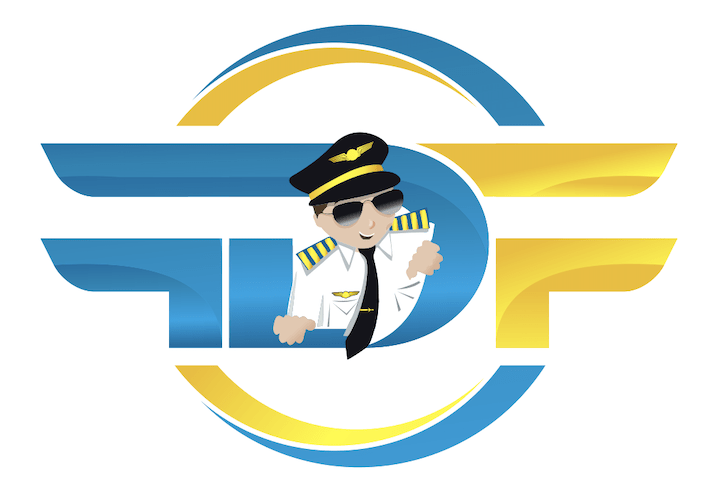
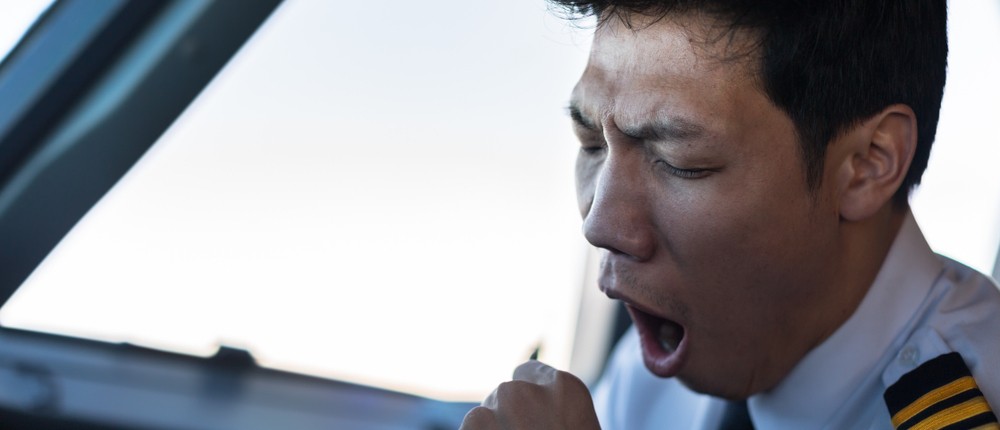

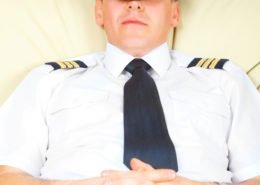 ShutterStock
ShutterStock Shutter Stock
Shutter Stock
